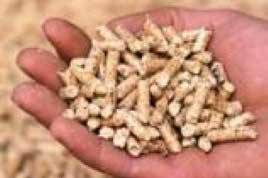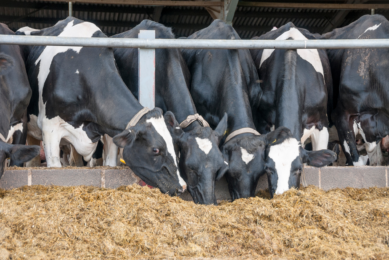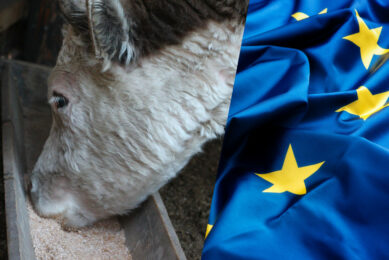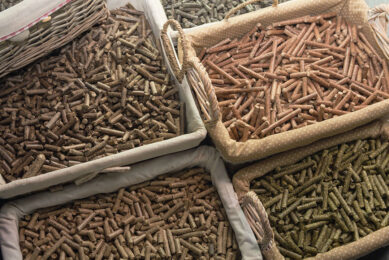EU 2012 compound feed production stable

According to the first FEFAC estimates, the EU compound feed production reached 151.9 million tonnes, the same volume as in 2011 and 2010.
While pig feed production dropped by 2%, cattle and poultry feed have seen their production grow respectively by +1.5 and +1%. As a consequence, poultry feed consolidated its position of leading segment of EU compound feed production slightly above pig feed.
The most important factors which have weighed on the EU feed demand in 2012 were the still fragile economic situation of the pig sector and soaring feed material costs.
Among the largest producing countries, Germany and UK performed rather well, with annual growth slightly above 2%, while France and Poland remained stable and Spain, Italy and The Netherlands saw their production fall at rates between -1 and -2%. Production of poultry feed in Southern Europe was affected in particular by the implementation of the new welfare standards for laying hens.
The high cereal prices over the last two years contributed to improving the competitive market position of industrial compound feed production vs. home mixing. However, this gain was offset to a certain extent by the development of alternative pig feeding strategies based on roughly grinded feed and liquid feeding.
As a result, Germany’s position as leading EU country in terms of total compound feed production before France was strengthened, with Spain scoring third place.
The final estimate and detailed breakdown of the 2012 results will be presented on the occasion of the XXVI FEFAC Congress on 5-8 June 2013 in Cracow.
Market Outlook for 2013
FEFAC market experts foresee a stabilisation in poultry feed production, a further reduction in pig feed production (-1%) and a slight increase in cattle feed demand (+1%).
Further market uncertainties are linked to the impact of the implementation of the new group-housing requirements for sows. Overall, compound feed production is expected to remain unchanged vs. 2012.
The demand for agricultural commodities is expected to remain high in 2013, with the main consequences of maintaining quotations at a high level. The quotations for agricultural raw materials increased significantly during the second half of 2012. With prices expected to stay high, the average cost for supply of feed materials could be higher in 2013, as compared to 2012. After two major crop failures for soybean in South and North America, a record harvest for soybean is expected in Brazil in 2013, but its positive impact may be undermined by the storage and logistics issues it could trigger. On the cereals side, the uncertainty is still important regarding the quantity and quality of the next harvest, due to bad weather conditions in major exporting countries.
Source: FEFAC











